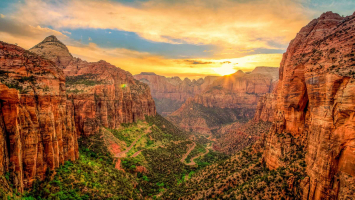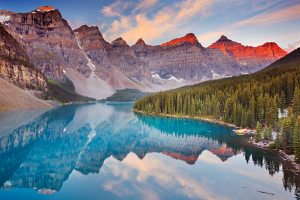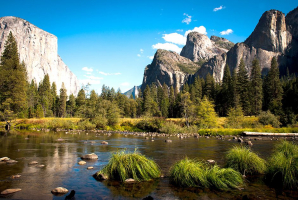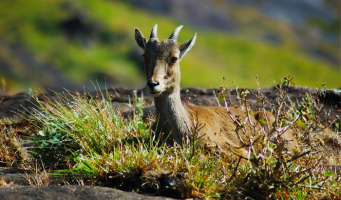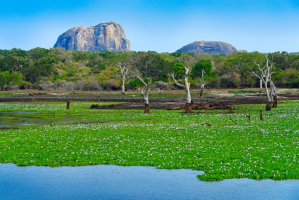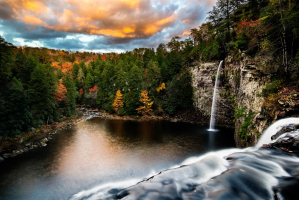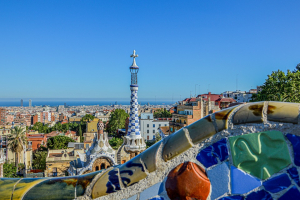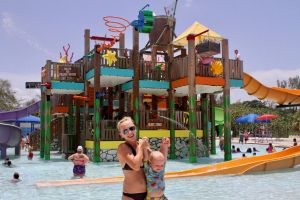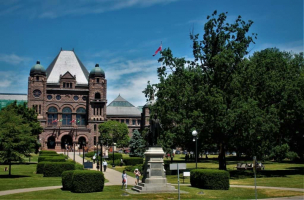Top 10 Best National Parks in Canada
It's no secret that one of the main reasons people come to Canada is to enjoy the country's beautiful, pristine nature. So much of the Great White North's ... read more...iconic imagery centers around its snowy mountains, immense forests, and brilliant glacial lakes. And that is exactly what you get when you take the time to explore Canada's best national parks. Toplist has compiled a list of the Best National Parks in Canada for your convenience.
-
Banff National Park is Canada's best-known and most-visited national park, so it's no wonder that it's at the top of this list. This magnificent area of wildness amid Alberta's Rocky Mountains is a renowned and famous Canadian monument. Banff is not only Canada's oldest national park, having been established in 1885, but it is also part of the Canadian Rockies UNESCO World Heritage site.
The contrast between the snow-capped summits of the Rockies and the stunning blues of lakes like Lake Louise and Moraine Lake is what makes Banff so distinctive. Banff National Park is a playground for outdoor enthusiasts, with hiking and horseback riding opportunities in the summer and winter activities such as skiing and snowboarding.
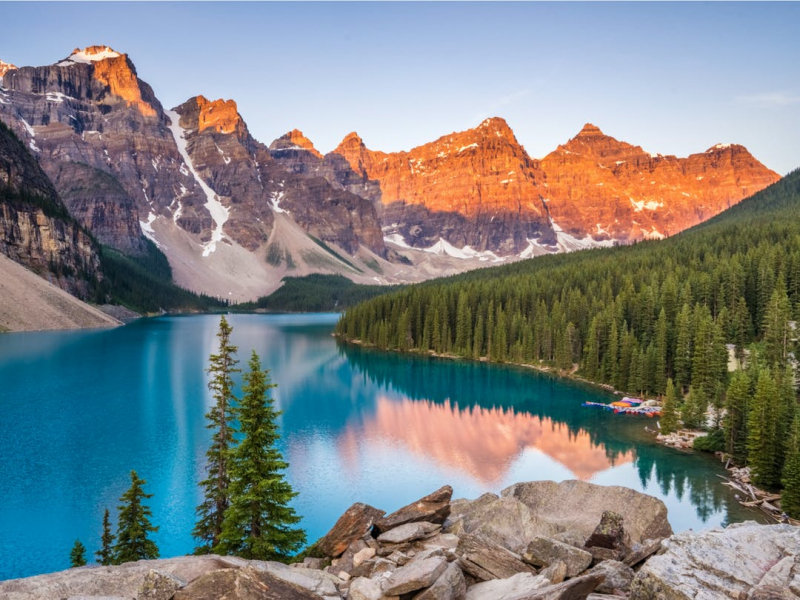
Banff National Park 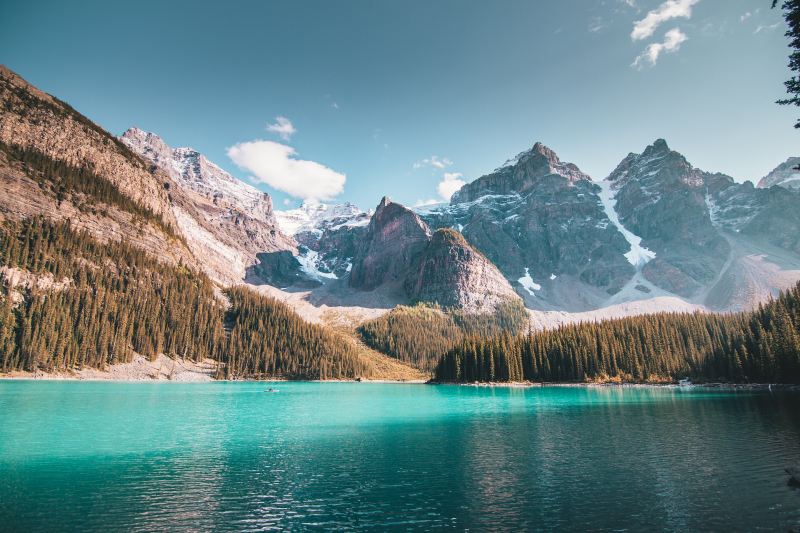
Banff National Park -
Jasper National Park in western Alberta is another well-known national park linked with the Canadian Rockies. While it is frequently compared to Banff, Jasper has a number of features that distinguish it distinct and secure its place among the top Canadian national parks. Jasper, which covers exactly 11,000 square kilometers, is far larger than Banff and far more rocky and wild, making it ideal for those looking to experience the Canadian wilderness.
While there are winter activities available at Jasper, the park is best visited in the warmer months by hiking and riding between its glaciers, lakes, and springs. The Columbia Icefields, in particular, are must-see sights in this area.
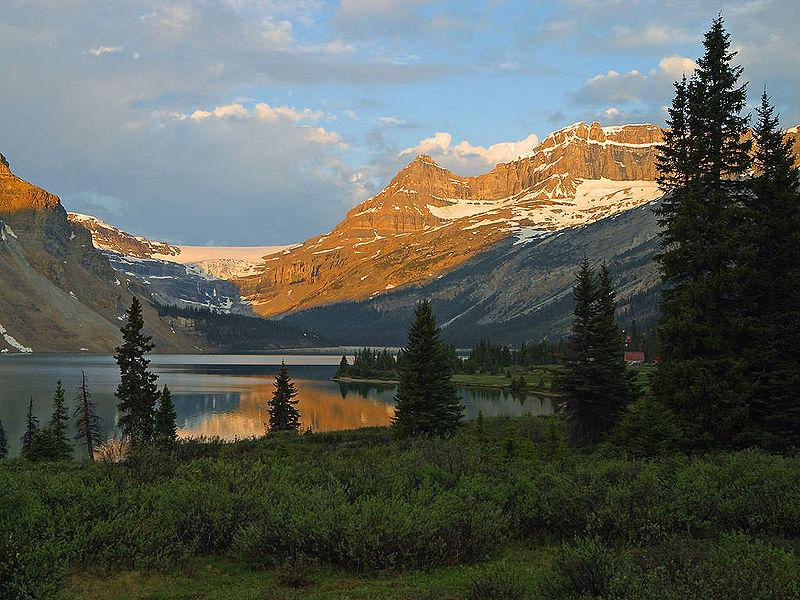
Jasper National Park 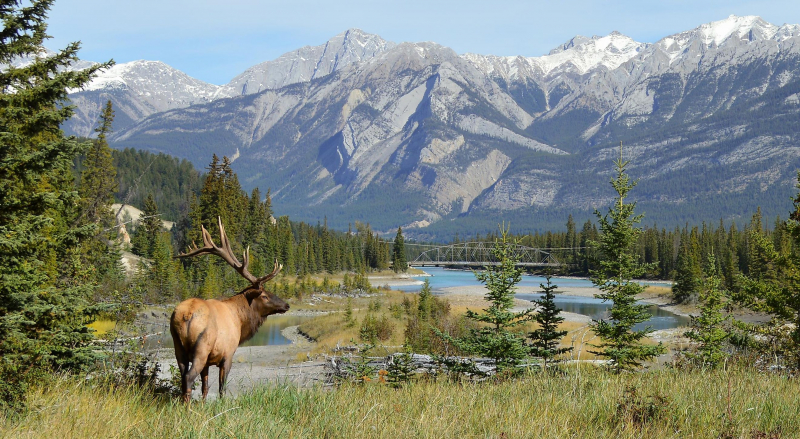
Jasper National Park -
The Rocky Mountains travel through several parks on this list, including Yoho National Park, due to their broad extent. This British Columbia national park, which borders Banff National Park, was founded in 1886, just one year after Banff. Yoho National Park contains many of the iconic elements of the Canadian Rockies, such as magnificent lakes, massive mountains, and numerous hiking opportunities.
The Burgess Shale fossils, which are 508 million years old and predate the dinosaurs, are one of the park's most noteworthy attractions. Of course, with sights like Emerald Lake and Chancellor Peak, there's plenty of jaw-dropping landscape here as well.
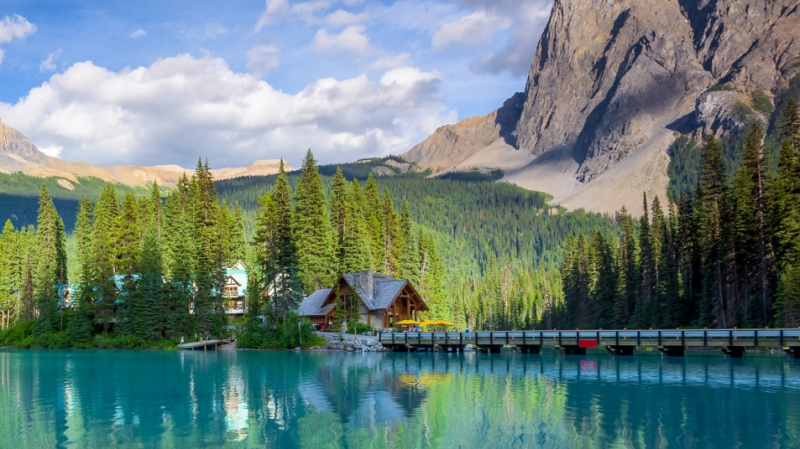
Yoho National Park 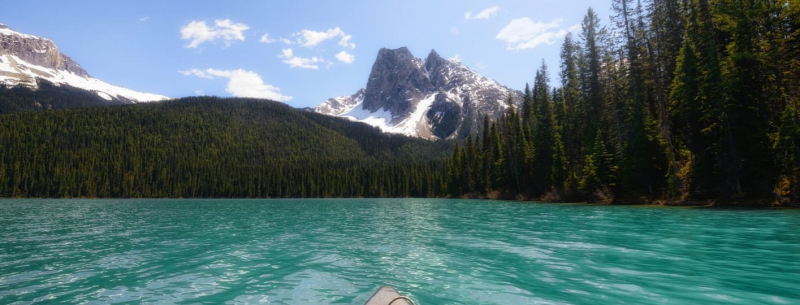
Yoho National Park -
Gros Morne National Park on Newfoundland's west coast is a magnificent treasure, with its majestic fjords and a diverse mix of ecosystems. Its vast region of 1,805 square kilometers is home to a diverse range of terrains, including towering mountains, secluded beaches, and scarce bogs.
This ever-changing environment makes it a hiking enthusiast's dream; in fact, it may be the best national park to visit in Canada for multi-day excursions. The two most iconic features of this UNESCO World Heritage Site, however, are its stunning fjords, such as Western Brook Pond Fjord, and the Tablelands, a rare example of rocks from deep within the Earth's crust.
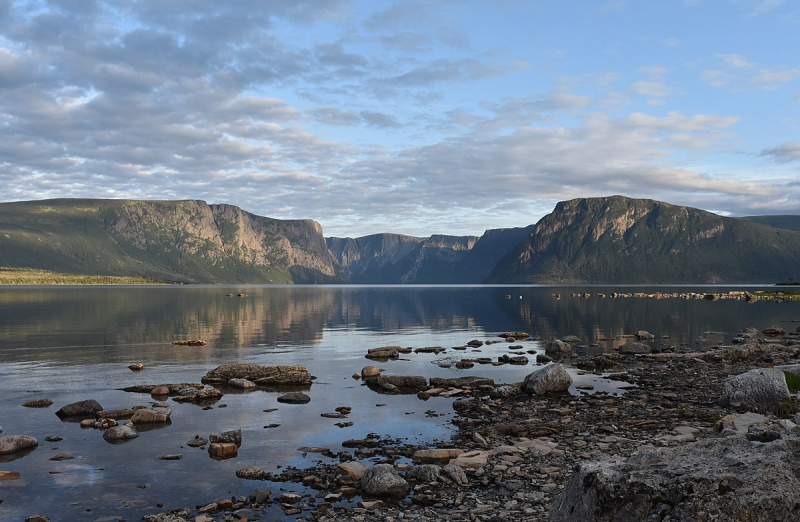
Gros Morne National Park 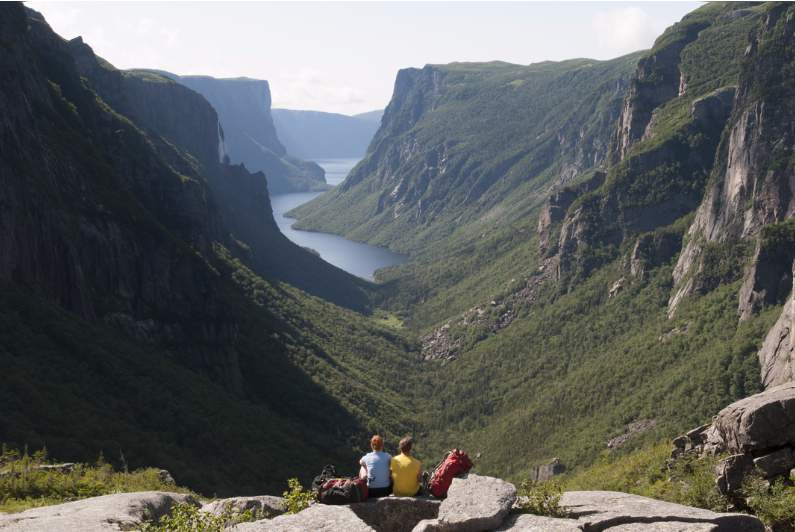
Gros Morne National Park -
Prince Edward Island National Park in Canada has some of the best coastal views in the country. This national park, located at the northern extremity of the same-named island province, is well-known for its sandy beaches and towering cliffs. Prince Edward Island National Park, which stretches over 27 square kilometers around the Gulf of St. Lawrence, is largely made up of beaches, sand dunes, and wetlands.
One of the best things about this national park is how easily accessible it is, with easy-to-reach coastal trails and beaches. The Covehead Harbour Lighthouse and a 19th-century homestead that inspired the famed Anne of Green Gables novels are also part of the Prince Edward Island National Park.
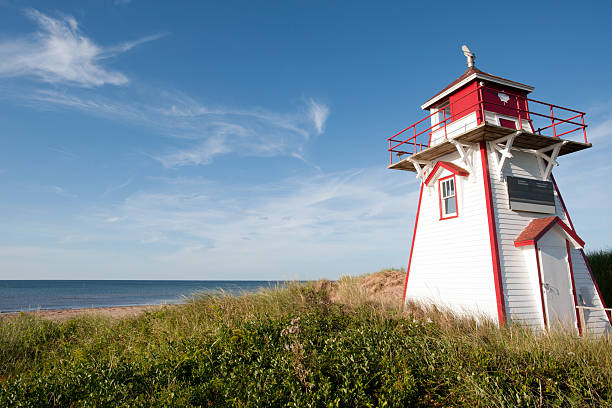
Prince Edward Island National Park 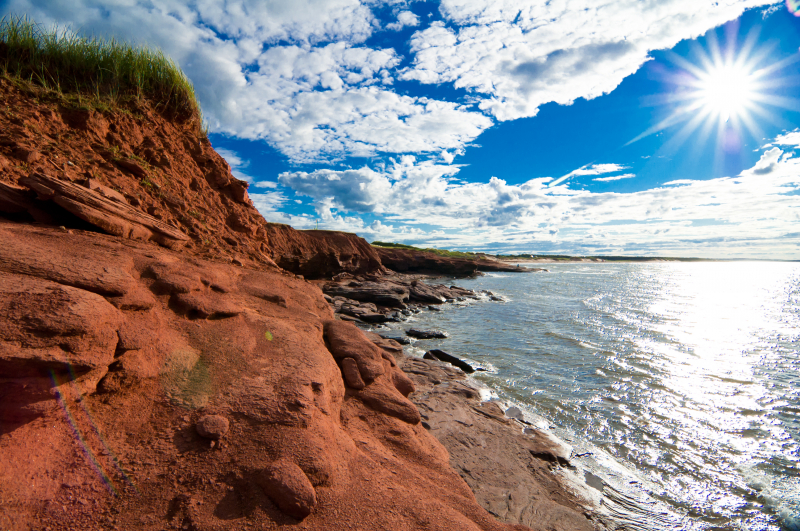
Prince Edward Island National Park -
What makes Fundy National Park, Canada's most impressive state park, so remarkable is that depending on the time of day you come, you can see two very distinct aspects of the park. This is due to the fact that this national park in New Brunswick, Canada, has the highest tides in the world, with sea levels changing by 12 meters in a few hours. At low tide, it's easy to walk about the muddy ocean floor of the Bay of Fundy, but at high tide, it's a different story.
Other attractions in Fundy National Park include more than 25 beautiful waterfalls and numerous day treks along the park's rough shoreline. A number of research initiatives are currently underway in the Park, with the primary focus being on monitoring the park's environment. Recent work in the park has concentrated on re-establishing aquatic connectivity (Bennett Lake Dam, new Culverts, Dickson Brook restoration).
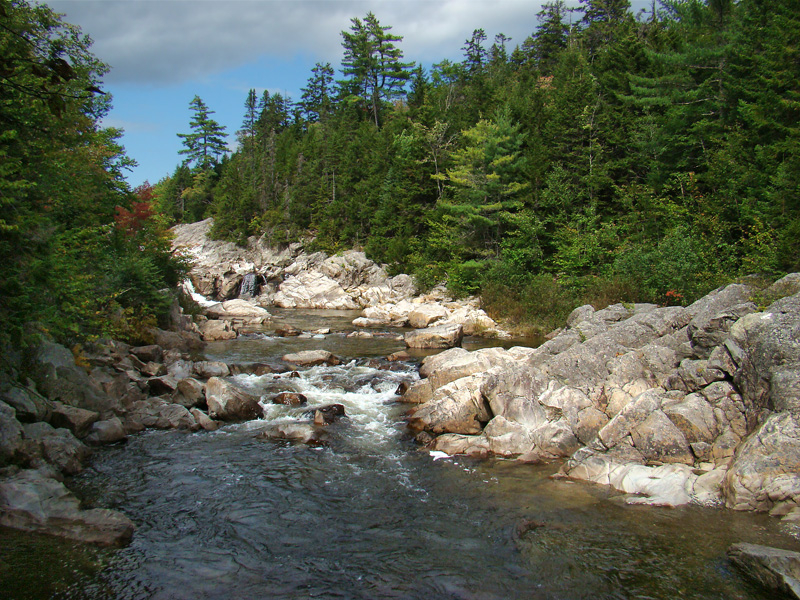
Fundy National Park 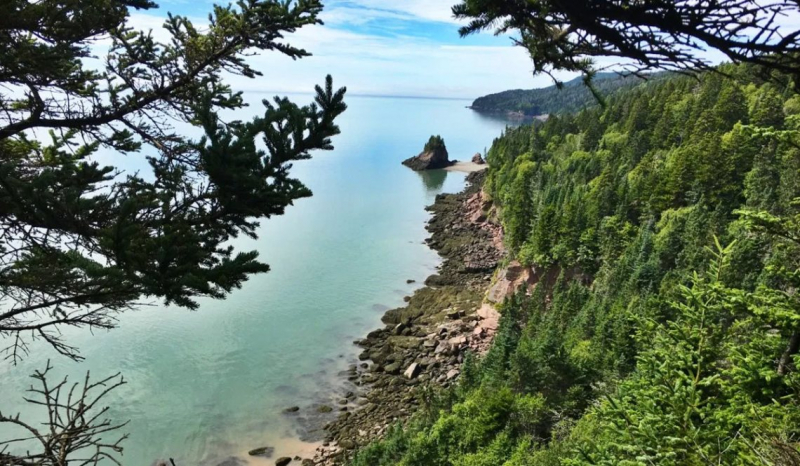
Fundy National Park -
The Pacific Rim National Park, located on Canada's far west coast, is another fantastic location for enthusiasts of pristine seashore landscapes. This national park, which spans 511 square kilometers along Vancouver Island's west coast, is divided into three sections: Long Beach, the Broken Group Islands, and the West Coast Trail.
Long Beach, as one might expect from its name, is home to multiple beaches and is a famous site for surfing and whale watching. The Broken Group Islands are made up of over a hundred small islands that are ideal for cruising and kayaking. Finally, there's the 75-kilometer-long West Coast Trail, which is one of Canada's most popular long hikes.
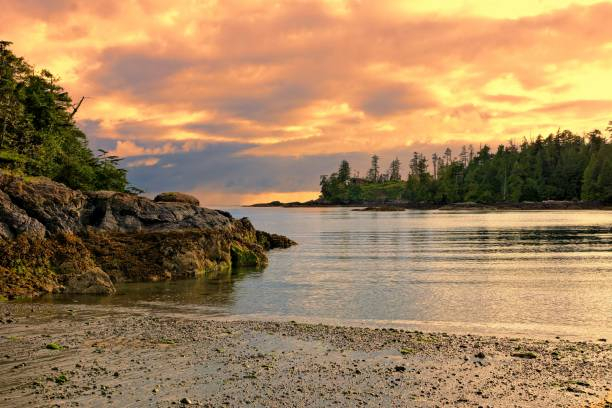
Pacific Rim National Park Reserve 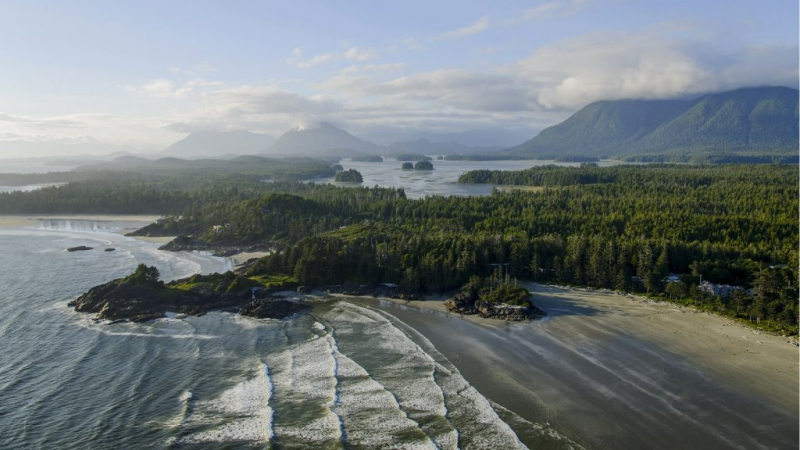
Pacific Rim National Park Reserve -
Wapusk National Park is located in the far northeastern borders of Manitoba. This newer park, established in 1996, is located along Hudson Bay to the south of the town of Churchill. The name Wapusk is derived from the Cree word for a polar bear, which makes sense given that the park is one of the best sites in the world to see wild polar bears.
Wapusk National Park's polar bears come ashore in the winter as the ice on Hudson Bay melts, waiting on the tundra until the water freezes again. Pregnant females remain ashore, sheltering in maternity dens within Wapusk's peatlands, giving birth throughout the season. Moose, wolves, and arctic foxes are among the other animals found in this incredibly remote corner of Canada. Getting to Wapusk National Park is equally as difficult as locating its species, with helicopters being the only method to reach key areas, such as Cape Churchill, throughout the season.
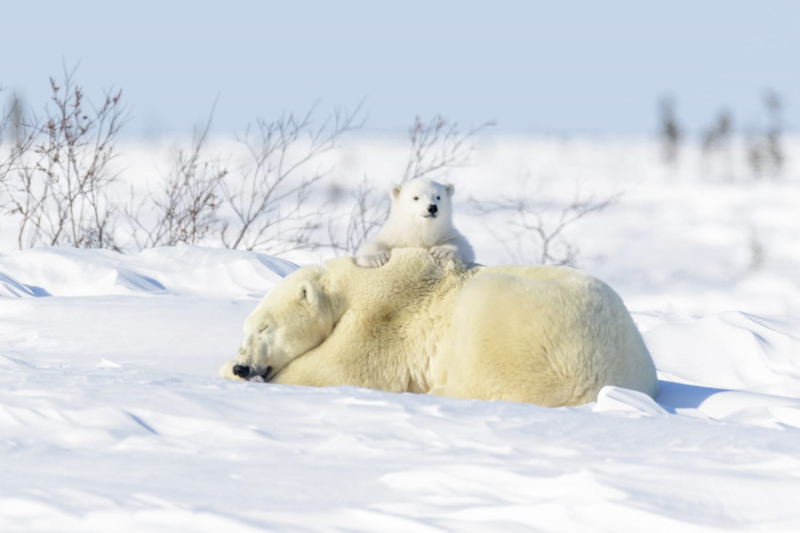
Wapusk National Park 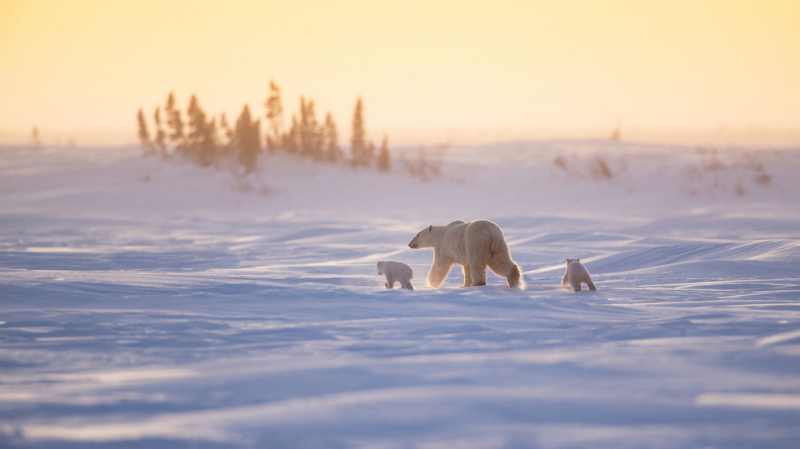
Wapusk National Park -
Canada has a startling diversity of ecosystems and landscapes, although the country's mountains and woods garner the most attention. That's why sites like Saskatchewan's Grasslands National Park are so fascinating, since they reveal a different side of Canadian nature, in this case, the country's prairie grasslands.
Sprawling across 907 square kilometers by the border with the American state of Montana, Grasslands National Park is home to all sorts of species, but the black-tailed prairie dog deserves special note. Other intriguing activities in the area include visiting dinosaur fossils, going on an old-fashioned wagon trip, and camping in a traditional tipi.
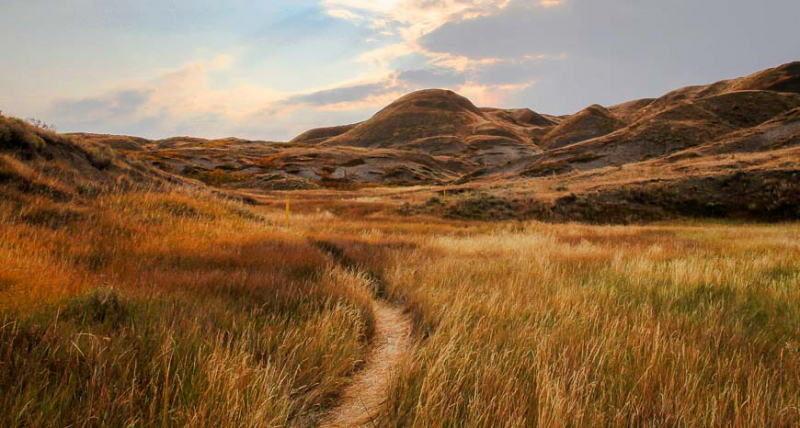
Grasslands National Park 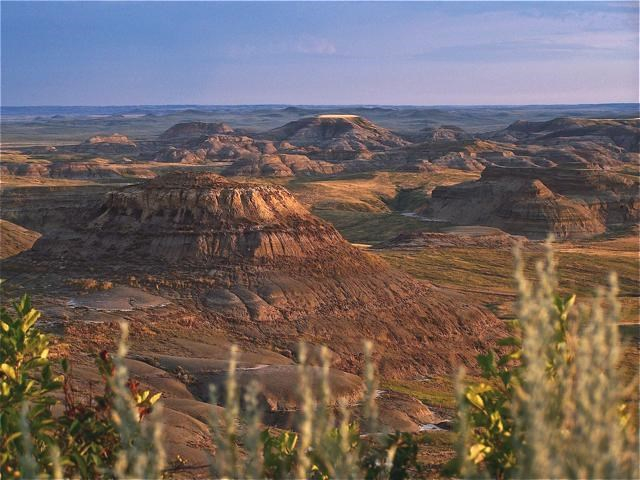
Grasslands National Park -
Kootenay National Park is the final park linked with the Canadian Rocky Mountain Parks World Heritage Site. Kootenay National Park, located in British Columbia at the southern end of this group of national parks, encompasses 1,406 square kilometers of the Canadian Rockies. The Kootenay and Vermilion rivers, which offer devastatingly magnificent scenery, are equally essential to the park as the mountains.
Aside from these glacial streams, Kootenay National Park also has scalding hot springs, steep canyons, and beautiful waterfalls that will keep you busy. But, of course, with the Rockies as its centerpiece, hiking the park's numerous routes is the main draw.
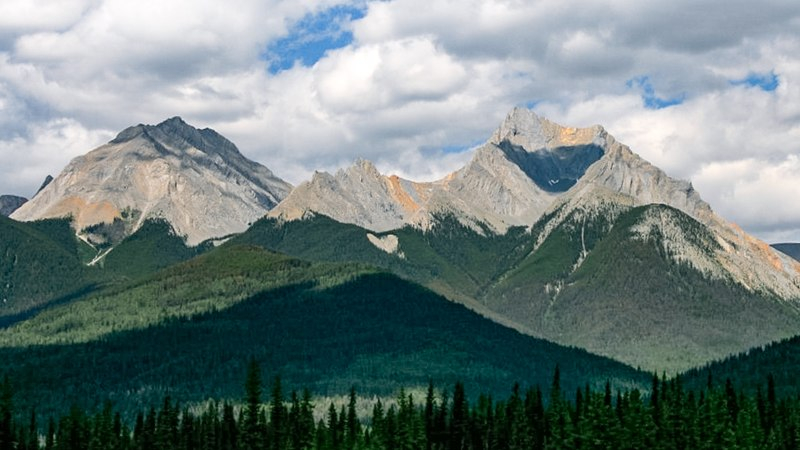
Kootenay National Park 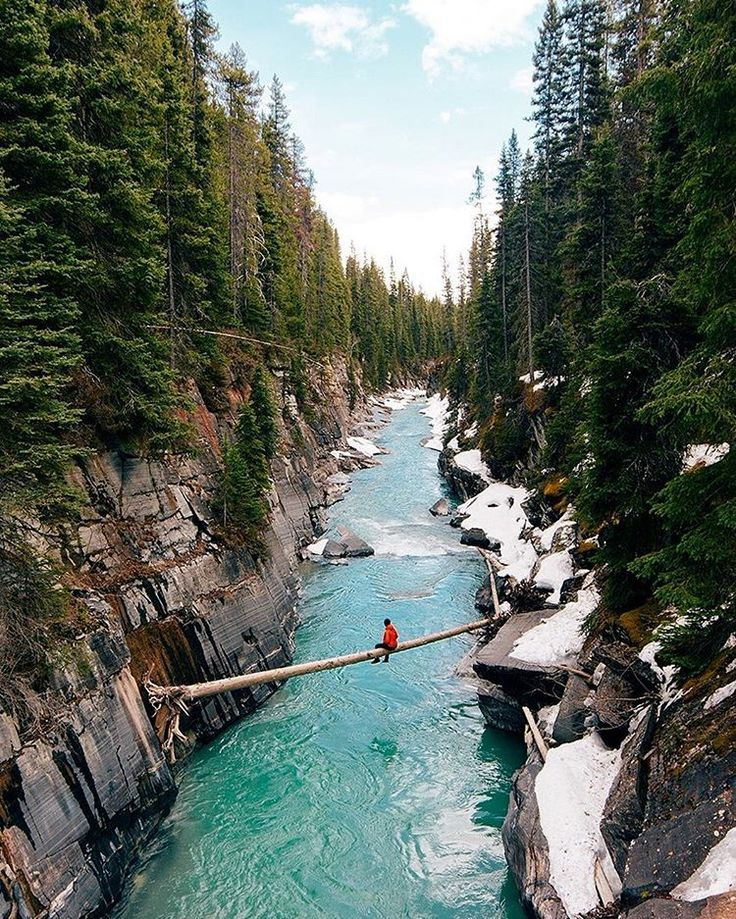
Kootenay National Park












